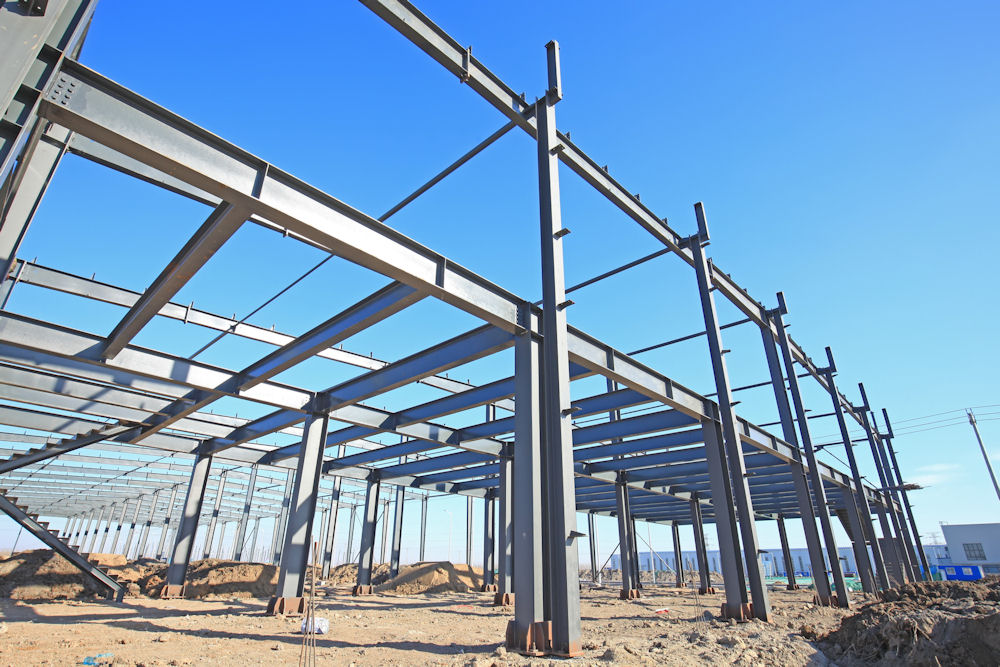The construction industry is evolving, with pre-engineered metal buildings (PEMBs) leading a shift away from centuries-old practices towards lower-waste alternatives. Today, many PEMBs are setting new standards for efficiency, durability, and sustainability and as the industry evolves, new tools and technologies are amplifying the already numerous benefits that make them a top choice for an increasing number of projects.

Allied recently invested in major enhancements to our fabrication facilities, including industry-leading robotics and automation capabilities that boost efficiency and precision while also reducing energy waste. In our assembly process, these technologies have reduced the amount of crane-use required for beam handling and fitting by 75%, leading to considerable energy savings. Innovations in the PEMB space are continuing to transform what is possible within the industry in terms of efficiency and sustainability, but for now, here are some of the top ways PEMBs are helping companies reduce their environmental footprints today.
Minimal Waste
PEMBs generate less waste than many traditional construction methods due to precise and data-driven manufacturing practices as well as efficient material use. With fabrication taking place in controlled factory environments, building components can be manufactured to ensure a perfect fit, minimizing waste and the need for on-site material cutting and unnecessary scrap. Advanced design software, Building Information Modelling (BIM) systems, and increasingly automated fabrication processes are just some of the tools that are helping leaders within the industry optimize resources and produce exactly what is needed.
Higher Energy Efficiency
PEMBs are more energy-efficient than other traditional forms of construction due to their airtight building envelopes and superior insulation options. Thanks to advanced materials like insulated metal panels and high-performance roofing that reduces heat transfer, PEMBs boast minimal energy loss, leading to lower heating and cooling demands. Many metal buildings also feature expansive roof surfaces, ideal for onsite solar systems, which can lower the need for purchased carbon-intensive energy.
Durable and Low Maintenance
Known for their durability, many PEMBs require fewer repairs and less frequent renovations than traditional buildings. From a sustainability standpoint, these buildings demand fewer replacement and maintenance resources, making them a long-term investment with low upkeep needs over their lifespans.

Minimal On-Site Impact
Renowned for rapid installation, PEMBs require comparatively short on-site construction timelines that help reduce environmental disruption, thanks to fabrication taking place off-site. With less heavy machinery and labor-intensive work needed onsite, PEMB installation provides an attractive alternative to other construction methods, all while reducing the impact of pollution and waste on local communities and the surrounding environment.
Leaders in Innovation and Efficiency
PEMBs are at the forefront of innovation within the construction industry. By minimizing waste, improving energy efficiency, and reducing on-site environmental impact they appeal to many businesses seeking sustainable long-term building solutions. Allied Steel Buildings is trusted globally for tackling intricate challenges and providing cost-effective, quick-assembly structures. We tailor every building to meet our clients needs and invest heavily in industry-leading tools and technologies to ensure our solutions are efficient, innovative, and cost-effective.
